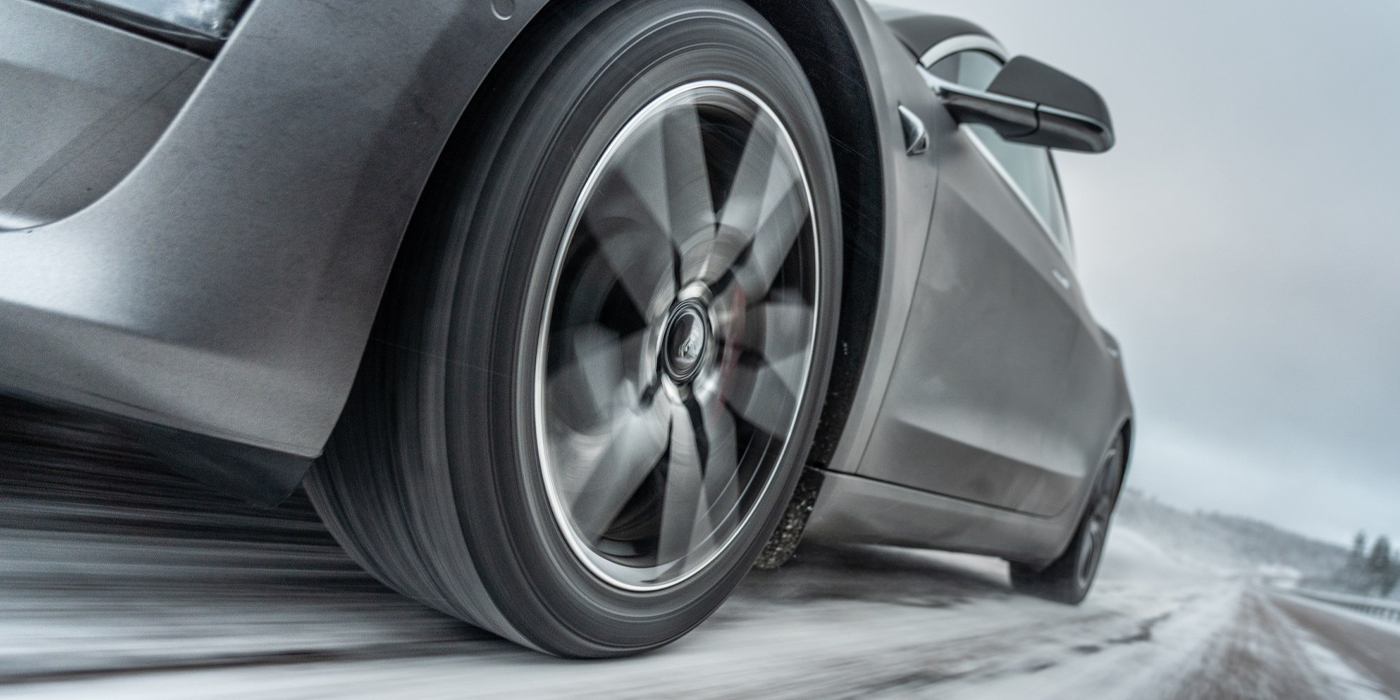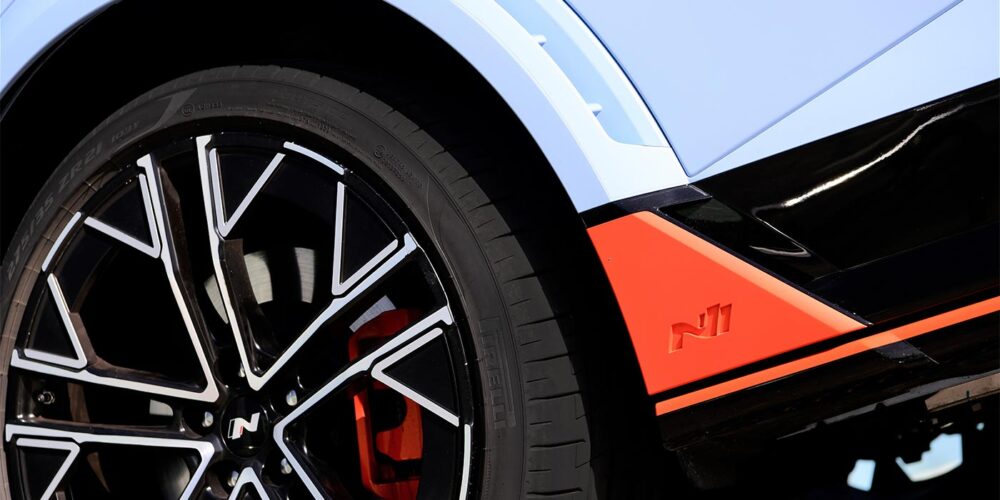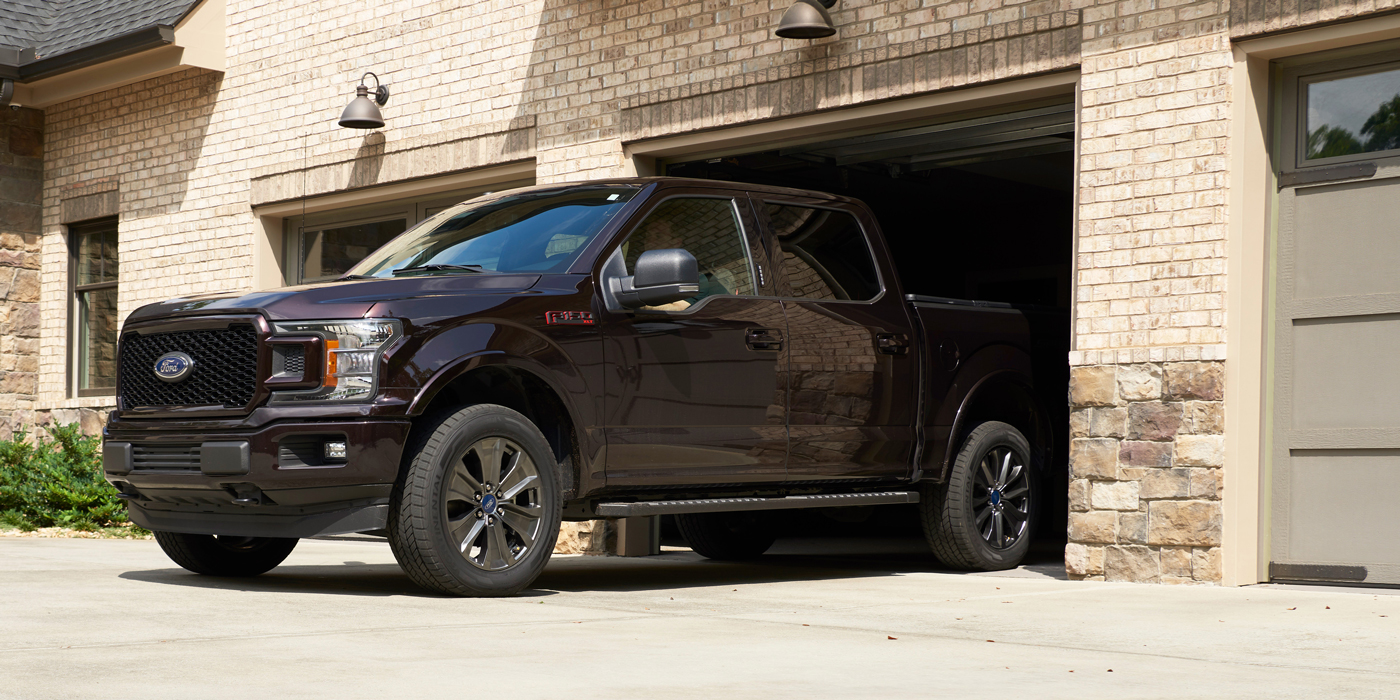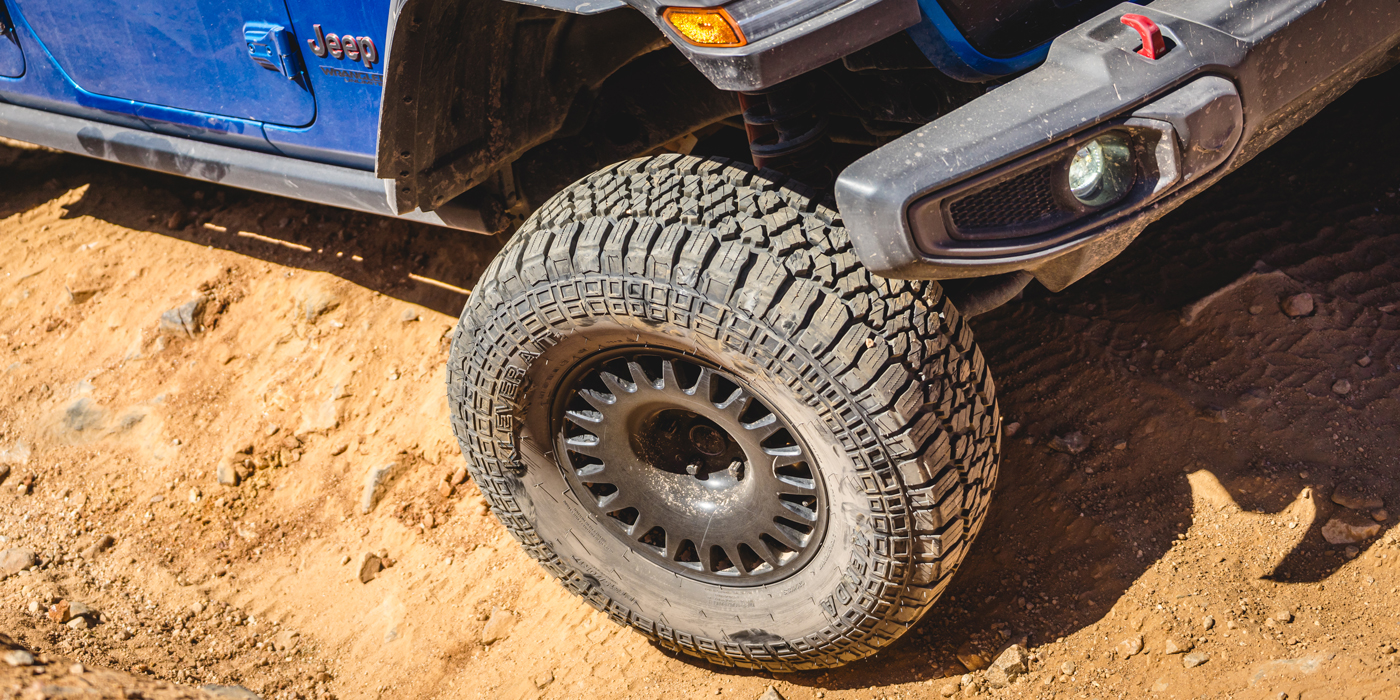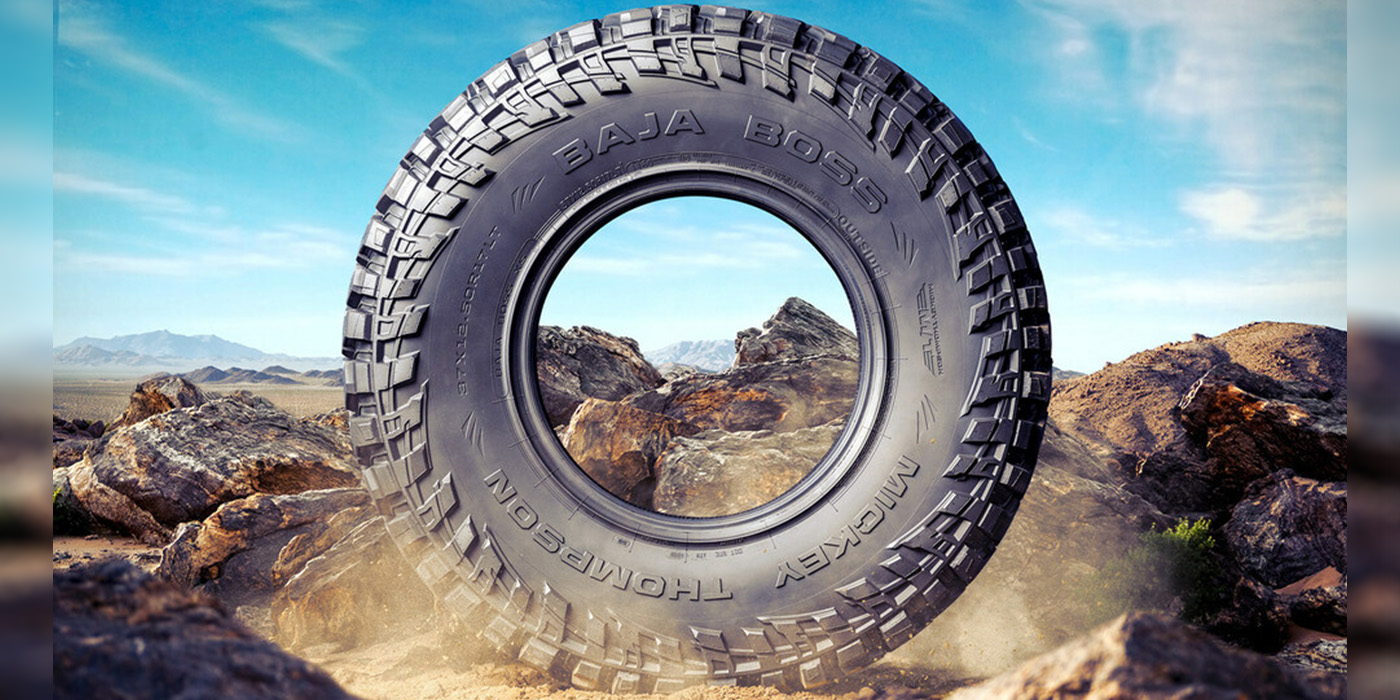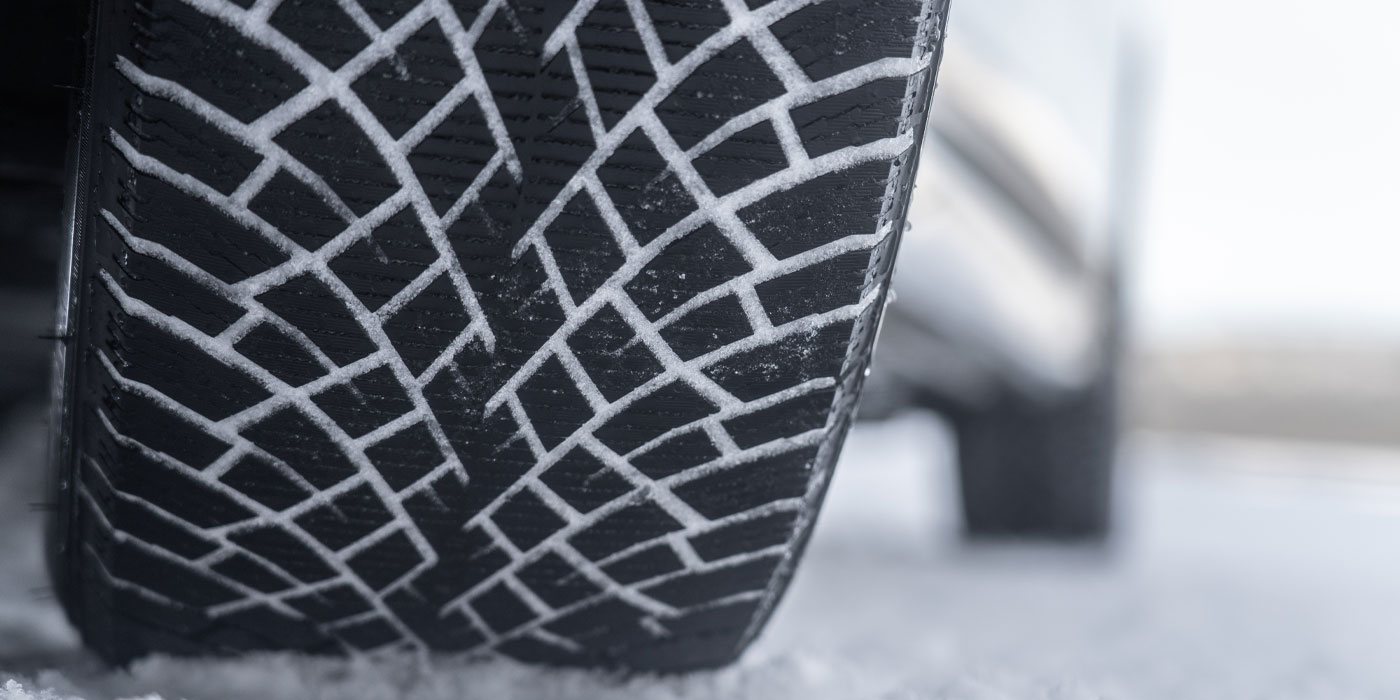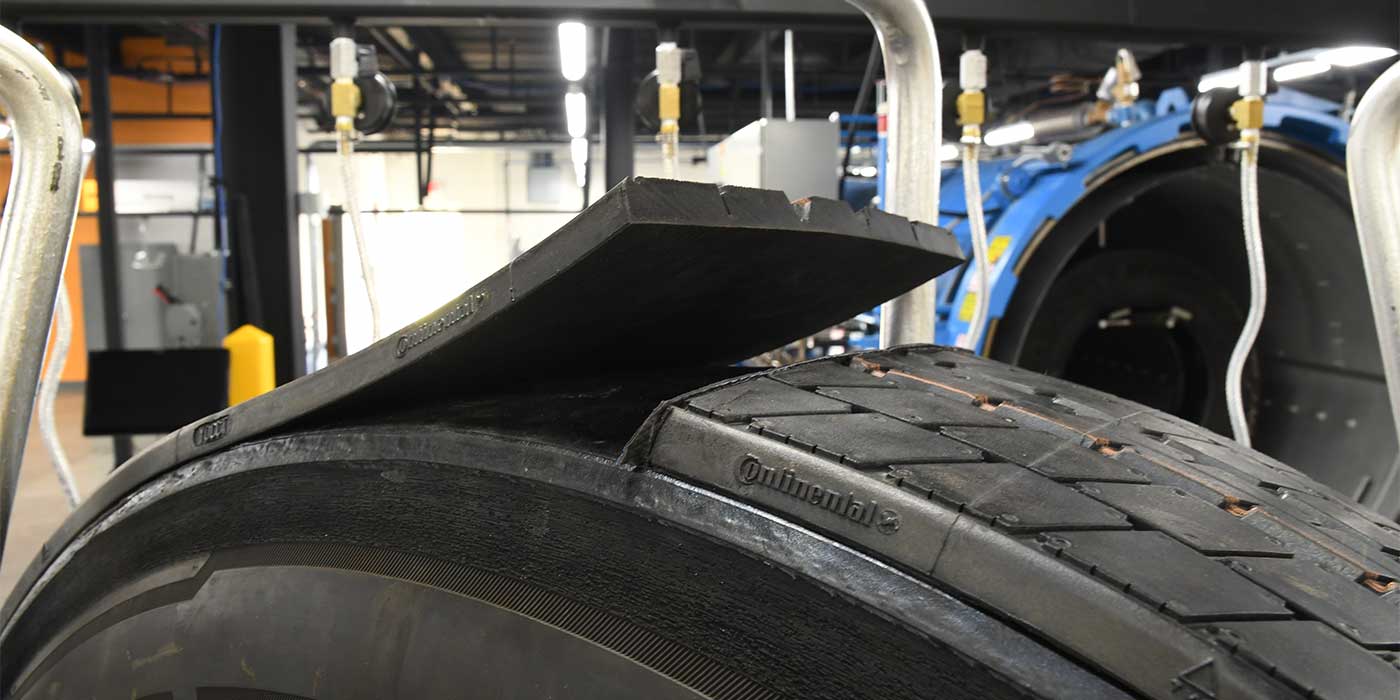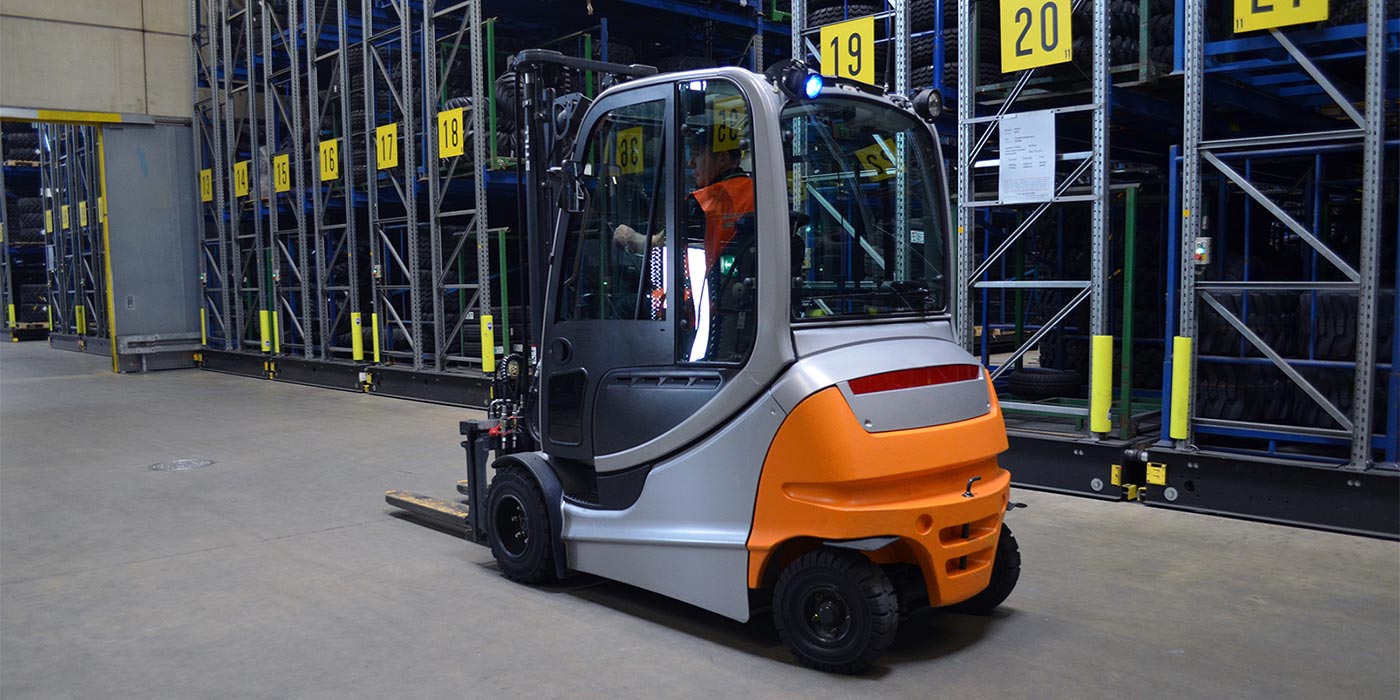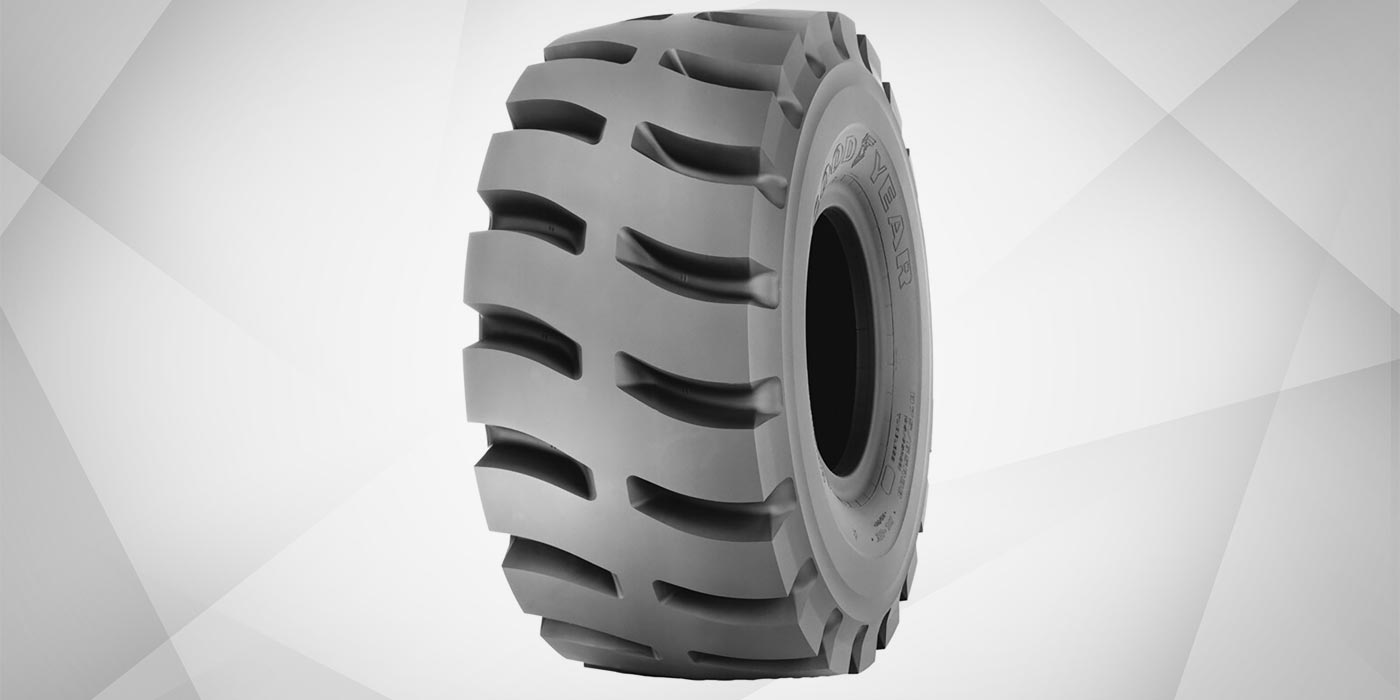Sales of hybrid vehicles have been increasing every month, especially now that you can get a hybrid system in many of today’s popular body styles instead of just the early models that screamed, “I’m a plastic-baggy-recycling tree-hugger!” Now just a subtle badge is about the only visible difference.
With fuel costs continuing to soar, what does this mean for the tire and wheel industry? Even though these vehicles are being purchased to attain better gas mileage, consumers still want to install plus-sized tires and wheels, just like on non-hybrid models. Most of the hybrid systems are integrated into the same chassis, which means that the bolt patterns, offsets and lug sizes are the same. Sounds like we can keep installing the same tires and wheels as before, right? Hold on!
For years now, we’ve been discussing how heavy tire and wheel assemblies increase unsprung weight. Unsprung weight pertains to the components that are not supported by the suspension. This would include the tires, wheels, brakes, spindles and some suspension components. Heavier components adversely affect a vehicle’s handling.
If you install a heavy tire and wheel assembly, expect to see the miles per gallon of any vehicle plummet. The last thing you want is to have a customer in your face because you didn’t explain about the potential loss in performance and fuel mileage before you installed the new plus-sized parts. The easiest way to explain this is to think of the tire and wheel as a gyroscope. It takes a great deal of energy to spin it and stop it. Also, the more mass that it has, the harder it is to change its direction, like making a sudden lane change to avoid an accident. Until now, we associated this issue primarily with performance vehicles. However, hybrids are sensitive to these same types of changes.
Sample Vehicles
When looking at a Toyota Camry, for example, there is a lot to consider. According to Toyota, the hybrid model is about 200 pounds heavier than a non-hybrid. It is rated at 33/34 mpg city/highway compared to 21/31 for an XLE 4-cylinder/auto model (mileage varies by model). The weight of 18-inch non-race spec wheels for this car can range from about 19 pounds to an astounding 30 pounds each – more than 10 pounds per wheel in added unsprung weight. In past articles, we’ve shown how two pounds of increased wheel weight affected rear-wheel horsepower and torque on a V8; now imagine adding 10 pounds to an electric motor.
Next, let’s look at the Toyota Highlander, a member of the growing mid-sized SUV market. Here again, there are big differences in capacities. The 4WD Highlander hybrid model is listed at over 4,500 pounds, compared to just below 4,000 pounds for the non-hybrid standard 2WD V6 model. The hybrid system utilizes independent electric motors for front and rear. Towing capacity is reduced and Toyota states the following on its Web site: “The Highlander Hybrid is not designed to be driven off-road.” Read between the lines – this is a commuter vehicle with light towing ability. Harsh off-road conditions or heavier tires and wheels could add undue stress to the hybrid components. Until we have more experience with these, you may want to be conservative in plus-size fitments.
Both of these vehicles have the potential to be restyled, but the next one is a staple in the aftermarket wheel industry – the Chevy Tahoe and its siblings.
GM realizes that to stay afloat, it needs to sell full-size trucks. How do you do that with gas topping $4 a gallon? You launch the first full-size hybrid SUV.
According to GM, the Tahoe hybrid gets an impressive 21 mpg in the city and 22 mpg on the highway. Take a look at the city mpg on the XLE Camry that we mentioned earlier – they are the same! The overall sticker price is higher than the non-hybrid version, but with a 30% increase in city mpg over a 5.3 litre V8, the extra upfront money is going to be recouped rather quickly.
Crunching Numbers
I ran a few numbers for comparison: With gas at $4/gal and a vehicle traveling 20,000 miles each year, one that gets an average of 20 mpg will result in an annual fuel cost of $4,000. Vechicles that get 16 mpg and 14 mpg will result in yearly fuel costs of $5,000 and $5,714, respectively.
For all of us who live on sales of 22- to 24-inch wheels and tires for these trucks, I would offer this suggestion: source a couple of wheel suppliers who offer lightweight wheels. These are typically forged, but variations of cast wheels can be lightweight as well. Typically, they will be more expensive to purchase up front, but the lower weight will result in less fuel being burned to turn them. Also, consider the cost of increased brake wear due to the requirement of more pedal force needed to stop the heavy rotating mass.
On the luxury spectrum, we have the Lexus LS 600h. According to Lexus, you can’t even change the diameter or width of the wheels to anything other than the exact OE dimensions. Ouch! This is just a glimpse of how technology may add constraints for what we are able to change on new vehicles.
Another popular car is the Honda Civic. The hybrid version looks pretty much like the non-hybrid, but you may have noticed that it has a distinctive wheel style. According to their specifications, Honda boasts that this model has “lightweight alloys,” whereas the other models simply include “alloys.” Don’t you think the engineers at Honda know what they’re talking about?
There are other new hybrid vehicles on the market, but the fuel numbers aren’t posted yet. By the way, the EPA revised the calculations on estimated fuel mileage for 2008 models. The revision was done to more closely relate mileage to actual driving conditions. You will notice many vehicles will show lower MPG this year than in the past. Use this to your advantage when discussing plus-size packages with your customer. Make a chart showing the increased fuel cost for varying mpg ratings. Instead of offering a cheap wheel just to get the sale, try using this sales technique to increase your total sales and gross profit.
Be watching for upcoming articles when we delve into the details regarding tire selection for these hybrid vehicles, which tend to be heavier than other models.

